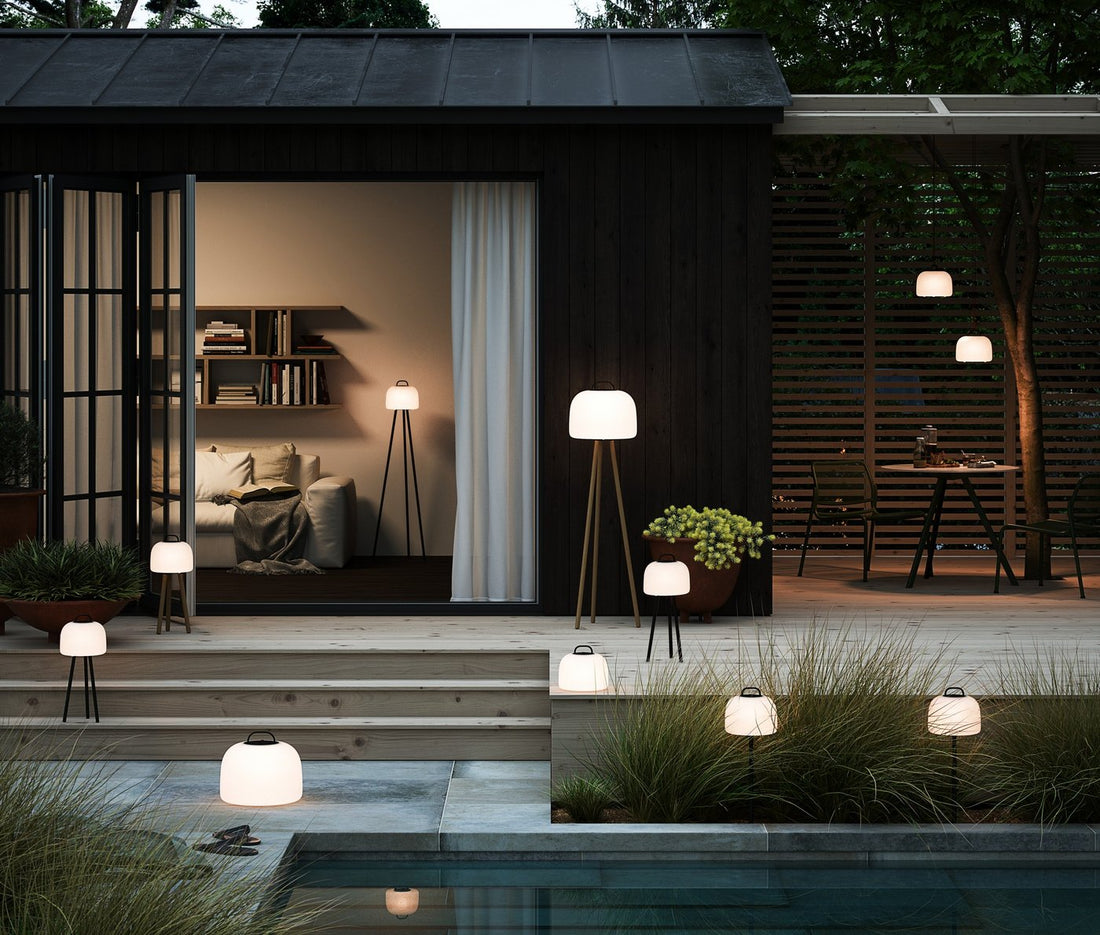
Lighting Public Spaces – Designing for Safety, Atmosphere, and Connection
Share
🌆 Why Public Space Lighting Matters
As soon as the sun sets, the character of public spaces changes. A bustling plaza can feel empty. A quiet street can feel unsafe. Lighting determines whether those spaces invite people in—or push them away.
Well‑designed public lighting does far more than illuminate—it shapes how we feel, move, and interact in the urban landscape. It serves three essential purposes:
✅ Safety – Ensuring people can see and be seen.
✅ Atmosphere – Creating mood and identity for a place.
✅ Community – Encouraging people to gather and connect.
🛡 1. Lighting for Safety
Safety is the foundation of public lighting design. A poorly lit street can feel intimidating or even dangerous, discouraging people from using it.
What Safety Lighting Should Do:
- Improve visibility: Pedestrians, cyclists, and drivers should see each other clearly.
- Reduce crime: Well‑lit areas discourage vandalism and illicit activity.
- Prevent accidents: Good lighting reduces trips, falls, and collisions.
Design Insights for Safety:
- Even illumination is key. Large bright patches next to deep shadows can feel unsafe.
- Avoid glare. Overly harsh floodlights create discomfort and actually reduce visibility.
- Respect the environment. Shielded fixtures prevent unnecessary light spill into homes or wildlife areas.
Nordlux, Arki 100 Outdoor Lamppost
🎨 2. Lighting for Atmosphere
Public spaces aren’t just for transit—they’re for living. Atmosphere matters as much as safety.
How Atmosphere Changes a Space:
- A city square bathed in warm light invites families to gather.
- A riverside walkway with gentle, glowing path lights becomes a romantic evening destination.
- A historic façade lit with subtle uplighting becomes a landmark.
Design Elements That Set Mood:
- Color temperature: Warm light (2700–3000K) feels inviting; cooler light (4000K+) feels functional or clinical.
- Layered light: Combine ambient, accent, and feature lighting—just like indoors.
- Artistic touches: Sculptural poles, projections, or light art add character.
🤝 3. Lighting for Community
Perhaps the most overlooked role of public lighting is its ability to foster connection.
When people feel safe and welcome, they use public spaces after dark:
- Markets stay lively.
- Cafés and restaurants spill outdoors.
- Neighbors linger, not rush home.
Lighting helps build that sense of community. It can also highlight cultural identity by illuminating monuments, murals, or landmarks.
🌍 Balancing Needs: Light vs. Light Pollution
Great public lighting is a balancing act.
Too much light = glare, wasted energy, and “light pollution.”
Too little light = fear and inactivity.
Designers aim for a “Goldilocks zone”—enough light for safety and function, without drowning the night sky.
🔍 Where Public Space Lighting Matters Most
- Streets & Sidewalks: Consistent lighting makes walking safer and more pleasant.
- Parks: Pathways need soft guidance lighting; open spaces can be subtly lit for ambience.
- Transit Areas: Stations and stops need bright, even lighting to feel secure.
- Historic Areas: Sensitive lighting preserves charm without overpowering heritage details.
Nordlux, Aludra 95 Outdoor Garden Light
📈 Emerging Trends in Public Lighting
The future of public space lighting is exciting—and smarter:
- Smart streetlights: Sensors adjust brightness based on activity levels or weather.
- Energy efficiency: LEDs are replacing old sodium lamps, saving cities money.
- Interactive lighting: Installations respond to movement, creating playful experiences.
- Dark sky initiatives: More cities are adopting rules to reduce unnecessary night‑time light.


